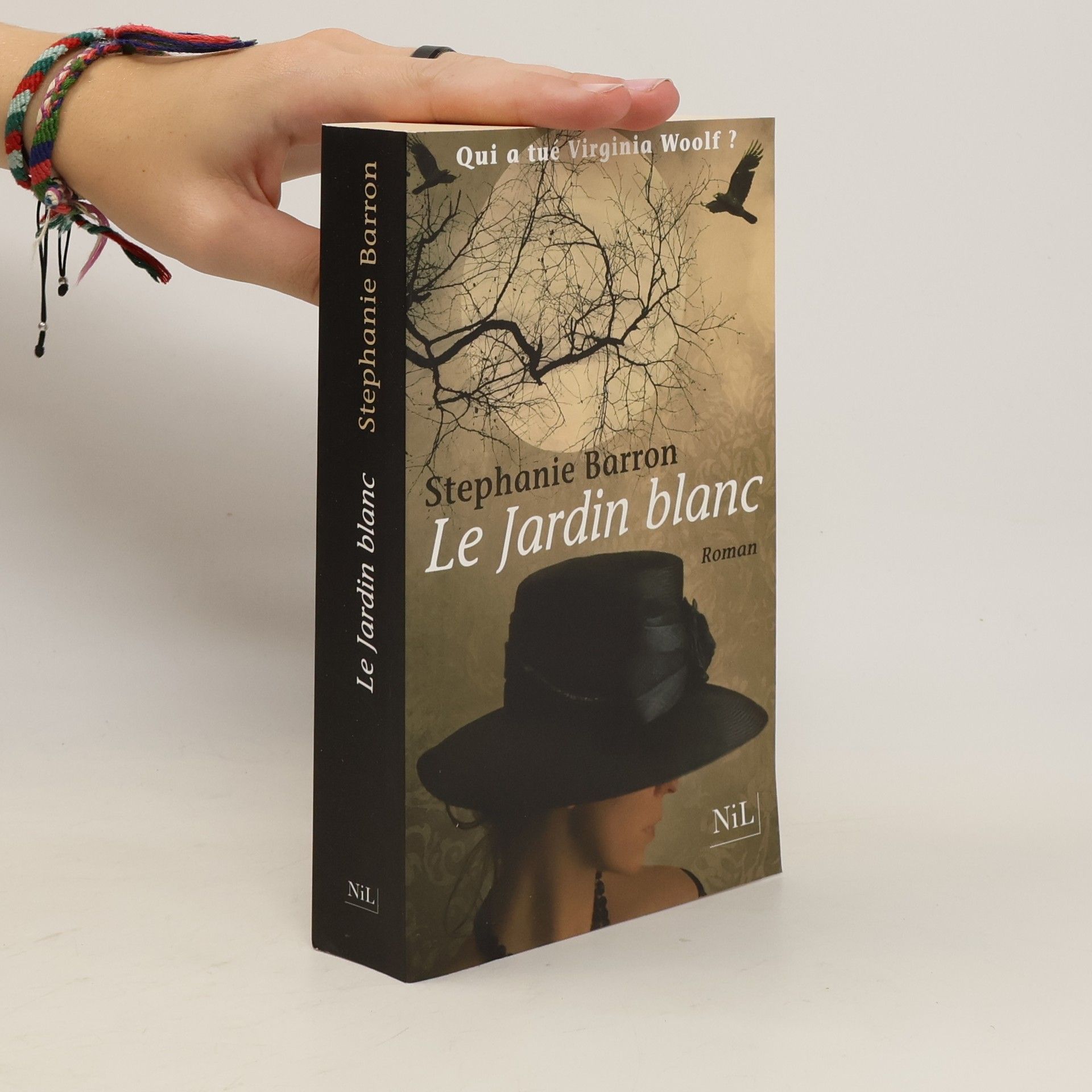Le jardin blanc
- 406pages
- 15 heures de lecture







In the early years of the 20th century, a group of young artists including Ernst Kirchner, Vassily Kandinsky and Franz Marc, liberated themselves from traditional representation by using distortion and vibrant, unrealistic colour in their painting. Eroticism became a tool for exposing the lies and decadence of society, whilst motifs borrowed from African, Oceanic and Buddhist art further questioned bourgeois culture. Later, the cruelty of World War I was reflected violently in the work of Max Beckmann, Otto Dix and George Grosz. In light of an exhibition at the Palazzo Grassi, Venice, this text re-evaluates the range of approaches taken by these radical artists, presenting more than 400 of their works and accompanying essays by art historians. Organized by theme, they describe the historical background of Expressionism and the two main groups Die Brucke and Der Blaue Reiter, looking at the links with Romanticism and Futurism, iconography, supporters, critics, collectors and theory. The main part of the book comprises the works themselves, each accompanied by text documenting their meaning and history. Artist's biographies are also provided.
Looks at the development of the Expressionist movement, profiles leading artists, and shows examples of paintings, prints, and sculpture
The rise of the Nazis in 1933 caused an unprecedented forced migration of hundreds of artists within and, in many cases, ultimately away from Europe. Exiles and Emigres, published in conjunction with a traveling exhibition opening in February 1997 at the Los Angeles County Museum of Art, is the first book to trace the lives and work of 23 well-known painters, sculptors, photographers, and architects exiled from their homelands during the 12 years of Nazi rule.Some of the artists, such as Kandinsky, Beckmann, Heartfield, Schwitters, and Kokoschka, sought refuge in Paris, London, or Amsterdam. Others, including Leger, Ernst, Chagall, Gropius, and Mies van der Rohe, fled to the United States. For all the artists, their years of exile would become crucial to the development of their art.Essays by 19 prominent American and European art historians discuss all aspects of the artist in exile, from monographic studies of individual figures to an analysis of the French artistic community in New York. More than 300 illustrations, including many historical photographs, provide a rich visual documentation of the time. An illustrated chronology details key cultural and political events.The related exhibition travels to the Musee des Beaux Arts de Montreal in June 1997 and to the Neue Nationalgalerie, Berlin, in October.
Unusually inclusive, visually intriguing, and beautifully produced, Made in California will appeal to anyone who has lived in, visited, or imagined California.".
In July 1809, Jane Austen finds solace in her grief over her lost love, Lord Harold Trowbridge, in a new cottage in Chawton, Hampshire, but her peace of mind is fleeting when the corpse of a murder victim is found in the cellar
In 1811 in London, Jane Austen investigates the death of a Russian princess who had been involved with a Tory minister
Jane Austen turns sleuth in this delightful Regency-era mystery November, 1815. The Battle of Waterloo has come and gone, leaving the British economy in shreds; Henry Austen, high-flying banker, is about to declare bankruptcy—dragging several of his brothers down with him. The crisis destroys Henry’s health, and Jane flies to his London bedside, believing him to be dying. While she’s there, the chaplain to His Royal Highness the Prince Regent invites Jane to tour Carlton House, the Prince’s fabulous London home. But her visit takes a startling turn when Jane stumbles upon a body—sprawled on the carpet in the Regent’s library. The dying man utters a single failing phrase: “Waterloo map,” sending Jane on the hunt for a treasure of incalculable value and a killer of considerable cunning.
A novel in which Jane Austen must help her brother solve the murder of a member of the Royal Navy
Set against the backdrop of Regency England, the story unfolds as Adelaide Fiske prepares for a second marriage, only to have her past resurface with the discovery of a corpse near her wedding site. Jane Austen, reluctantly assisting her brother Edward, the local magistrate, delves into the investigation. As they uncover a web of secrets linked to Adelaide's late husband and a second murder, Jane must navigate the dangers of a killer on the loose, putting her own life at risk in the process.